Ashley B.
Content Writer (Hi! I’m Ashley, a Linux Administrator with a passion for making Linux simpler and more accessible for beginners. Since 2021, I’ve been writing friendly, practical guides at OperaVPS to help users install software, use the command line, and get comfortable with their VPS. Linux doesn’t have to be intimidating. and I’m here to show that anyone can learn it with the right support and a little curiosity.

Change Hostname in Linux Easily and Quickly
Change hostname in Linux to set or update the unique device name on a network. Use commands like hostnamectl or edit configuration files for permanent or temporary changes. 🤖AI Overview: Changing hostname in Linux allows setting a custom identification name for your computer or server on a network. It can be accomplished permanently with commands […]
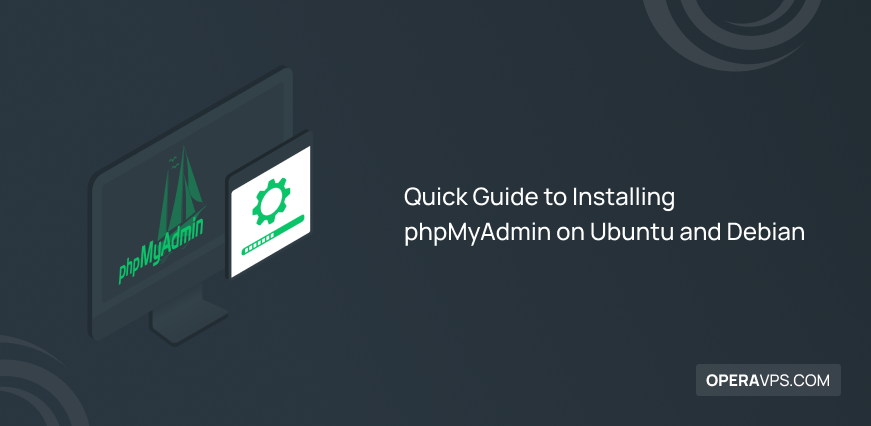
Install phpMyAdmin on Ubuntu and Debian Easily
Install phpMyAdmin on Ubuntu and Debian to manage MySQL or MariaDB with a web interface. Use terminal commands to install, configure Apache, and secure your installation for efficient database management. 🤖AI Overview: Install phpMyAdmin on Ubuntu and Debian provides a web-based interface for managing MySQL or MariaDB databases efficiently. It involves updating packages, installing phpMyAdmin […]
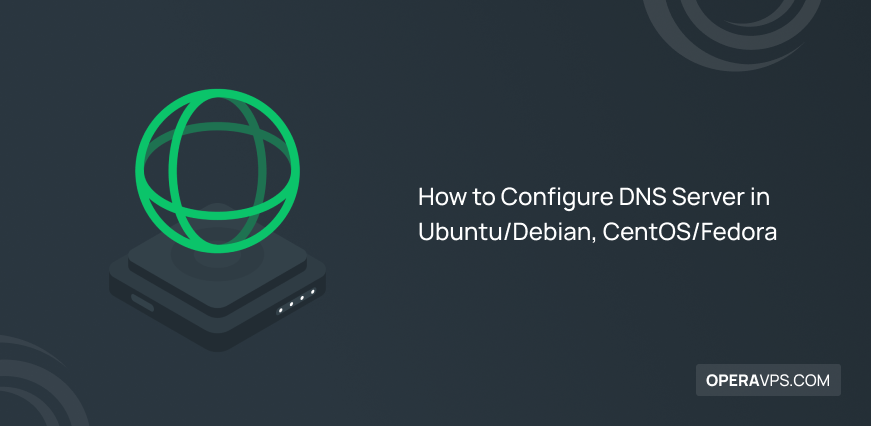
How to Configure DNS Server on Linux Systems
How to Configure DNS Server involves installing DNS software like BIND, setting up zone files, and managing DNS records to translate domain names to IP addresses. This process enables efficient domain name resolution on Linux servers. 🤖AI Overview: How to Configure DNS Server is the process of establishing a domain name system on Linux platforms […]
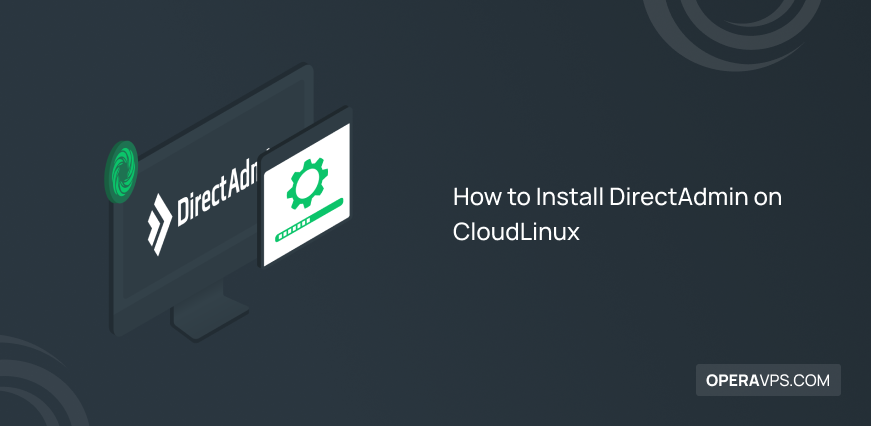
How to Install DirectAdmin on CloudLinux Easily
Install DirectAdmin on CloudLinux to manage websites, domains, and emails easily via a user-friendly control panel. This guide covers essential installation steps and system requirements. 🤖AI Overview: Installing DirectAdmin on CloudLinux offers a streamlined control panel for effortless management of hosting services. This guide details the installation process, necessary system configurations, and licensing, ensuring a […]
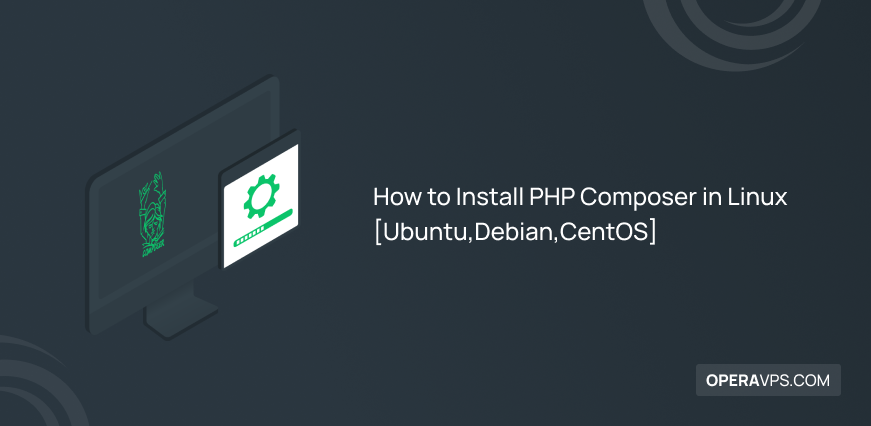
Install PHP Composer in Linux Easily [Ubuntu,Debian,CentOS]
Install PHP Composer in Linux by updating system packages, installing PHP CLI and unzip, downloading and verifying the Composer installer script, and running the installer. Verify installation with the composer command. 🤖AI Overview: Install PHP Composer in Linux by ensuring PHP and required packages are installed. Update your Linux package repository, download and verify the […]
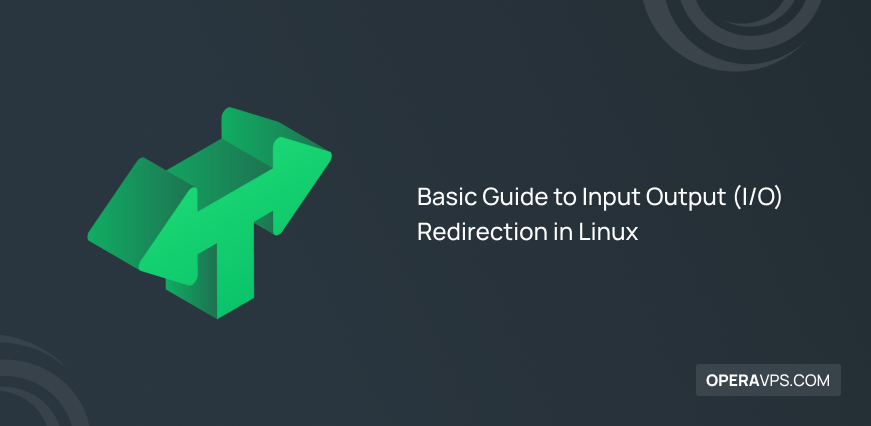
Input Output (I/O) Redirection in Linux Guide
Input Output (I/O) Redirection in Linux allows users to change where commands receive input and send output, such as directing output to files or input from files. It enhances control over data flow, enabling automation and efficient command-line workflows. 🤖AI Overview: Input Output (I/O) Redirection in Linux modifies the default input and output for commands […]

Install cPanel/WHM on Rocky Linux Server
Install cPanel/WHM on Rocky Linux easily by preparing your server, disabling conflicting services, and running the official installation script to manage websites efficiently. 🤖AI Overview: Installing cPanel/WHM on Rocky Linux requires preparing the server by updating packages, installing necessary tools like Perl and Curl, setting a proper hostname, and disabling services that may conflict with […]
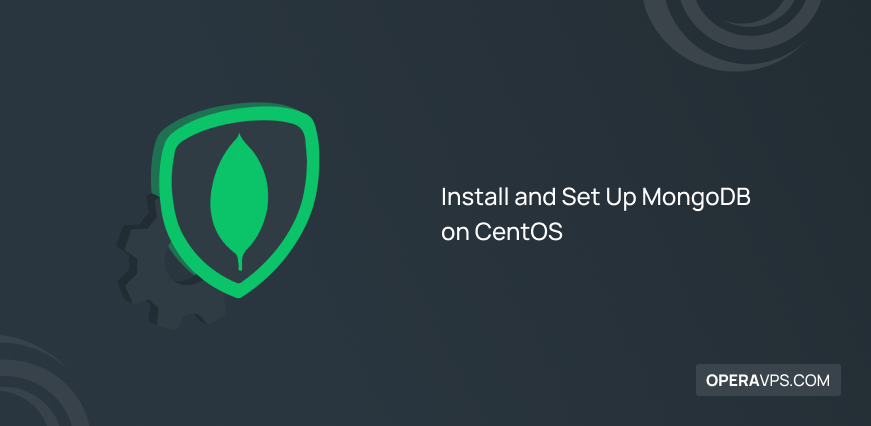
Install and Set Up MongoDB on CentOS
Install and Set Up MongoDB on CentOS involves adding the official MongoDB repository, installing the mongodb-org package, and starting the service. This enables efficient management of flexible NoSQL databases on CentOS servers. 🤖AI Overview: Install and Set Up MongoDB on CentOS involves configuring the official MongoDB repository, installing the latest mongodb-org package, and enabling the […]
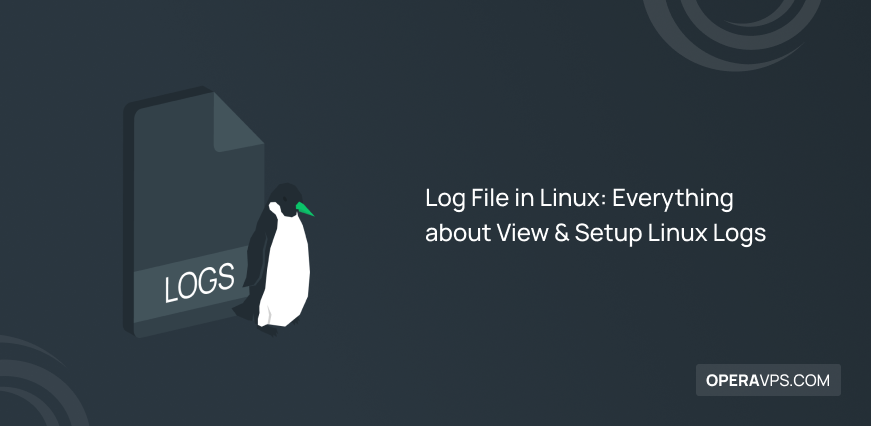
Log File in Linux Guide: View and Setup Linux Logs
Log File in Linux stores system events and messages primarily in /var/log. These logs help monitor system health and troubleshoot by providing detailed event records. 🤖AI Overview: Log File in Linux consists of system and application event records stored mainly in /var/log. These files are crucial for administrators to monitor, troubleshoot, and secure Linux systems […]
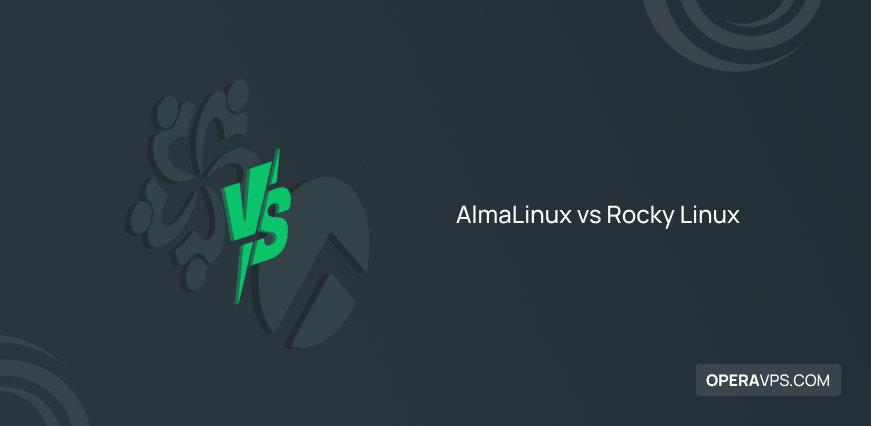
AlmaLinux vs Rocky Linux Comparison for Your Server
AlmaLinux and Rocky Linux are leading free, RHEL-compatible Linux distributions designed as CentOS replacements. They offer reliable updates, strong community support, and enterprise readiness with slight differences in development and backing. 🤖AI Overview: AlmaLinux vs Rocky Linux presents a clear comparison of two prominent CentOS successors offering stable, binary-compatible alternatives to Red Hat Enterprise Linux. […]

Secure Nginx on CentOS with Let’s Encrypt SSL
Secure Nginx on CentOS by installing Nginx, enabling HTTPS with Let’s Encrypt SSL certificates, and setting up automatic renewal for continuous security. This quick guide ensures encrypted, safe connections for your web server. 🤖AI Overview: Securing Nginx on CentOS involves configuring SSL to encrypt server-client communication using free certificates from Let’s Encrypt. The process includes […]

Rename a Directory in Linux with Simple Methods
Rename a Directory in Linux means changing the folder’s name to organize or fix it. You can rename a directory using commands like mv or rename in the terminal, or through a graphical file manager for an easier approach. 🤖AI Overview: Rename a Directory in Linux involves changing the name of an existing directory using […]
